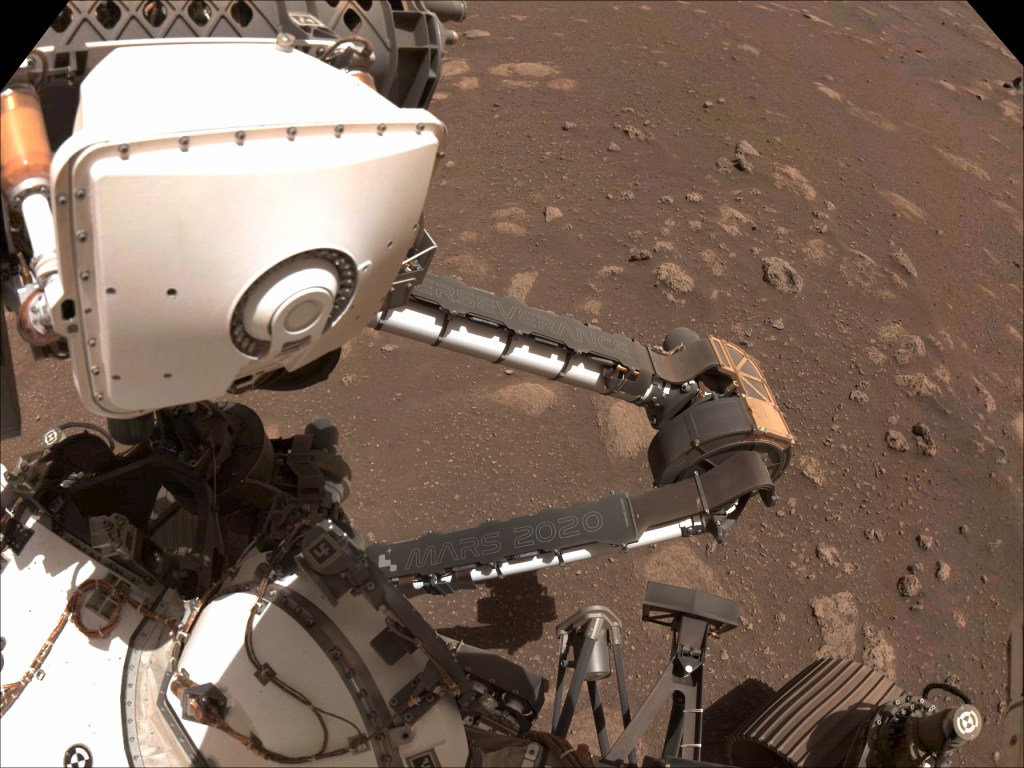Soon the International Space Station will get a laser light terminal: Beams of invisible infrared light will soar through the atmosphere, capable of communicating pictures and videos from astronauts and experiments on the space station, thanks to NASA’s brand-new laser terminal called ILLUMA-T (pronounced “ill-LOO-mah-TEA”).
In May, ILLUMA-T (formally the “Integrated Laser Communications Relay Demonstration Low-Earth Orbit User Modem and Amplifier Terminal”) arrived at NASA’s Goddard Space Flight Center in Greenbelt, Maryland. There, the payload is undergoing final assembly and testing to ensure it can withstand the rigors of a rocket launch and the extreme environment of space.
Prior to its arrival at Goddard, the ILLUMA-T payload was at the Massachusetts Institute of Technology’s (MIT) Lincoln Laboratory, where it was designed and partially built for NASA’s Space Communications and Navigation (SCaN) office. NASA has partnered with MIT Lincoln Laboratory on many missions, including the recent TeraByte InfraRed Delivery (TBIRD) payload.
Once installed on the space station, ILLUMA-T will use laser communications to relay data to and from Earth via NASA’s Laser Communications Relay Demonstration (LCRD). Lasers offer missions higher data rates than traditional radio waves. That means more science and exploration data can be sent to Earth in a single transmission. The shift from radio frequency to laser communications is similar to switching from dial-up to high-speed internet.
Since its completion in 1998, the space station has relied on NASA’s Tracking and Data Relay Satellites to provide radio frequency communications and send data to and from the Earth. After its initial experiment phase with LCRD, ILLUMA-T could be used to substantially increase data to and from the space station.
The ILLUMA-T payload is managed by NASA’s Goddard Space Flight Center in Greenbelt, Maryland. Partners include the International Space Station program office at NASA’s Johnson Space Center in Houston and the Massachusetts Institute of Technology Lincoln Laboratory. ILLUMA-T is funded by the Space Communications and Navigation (SCaN) program at NASA Headquarters in Washington.


































